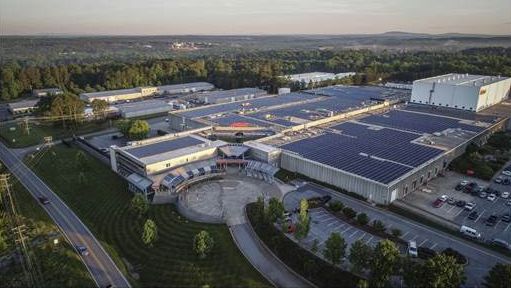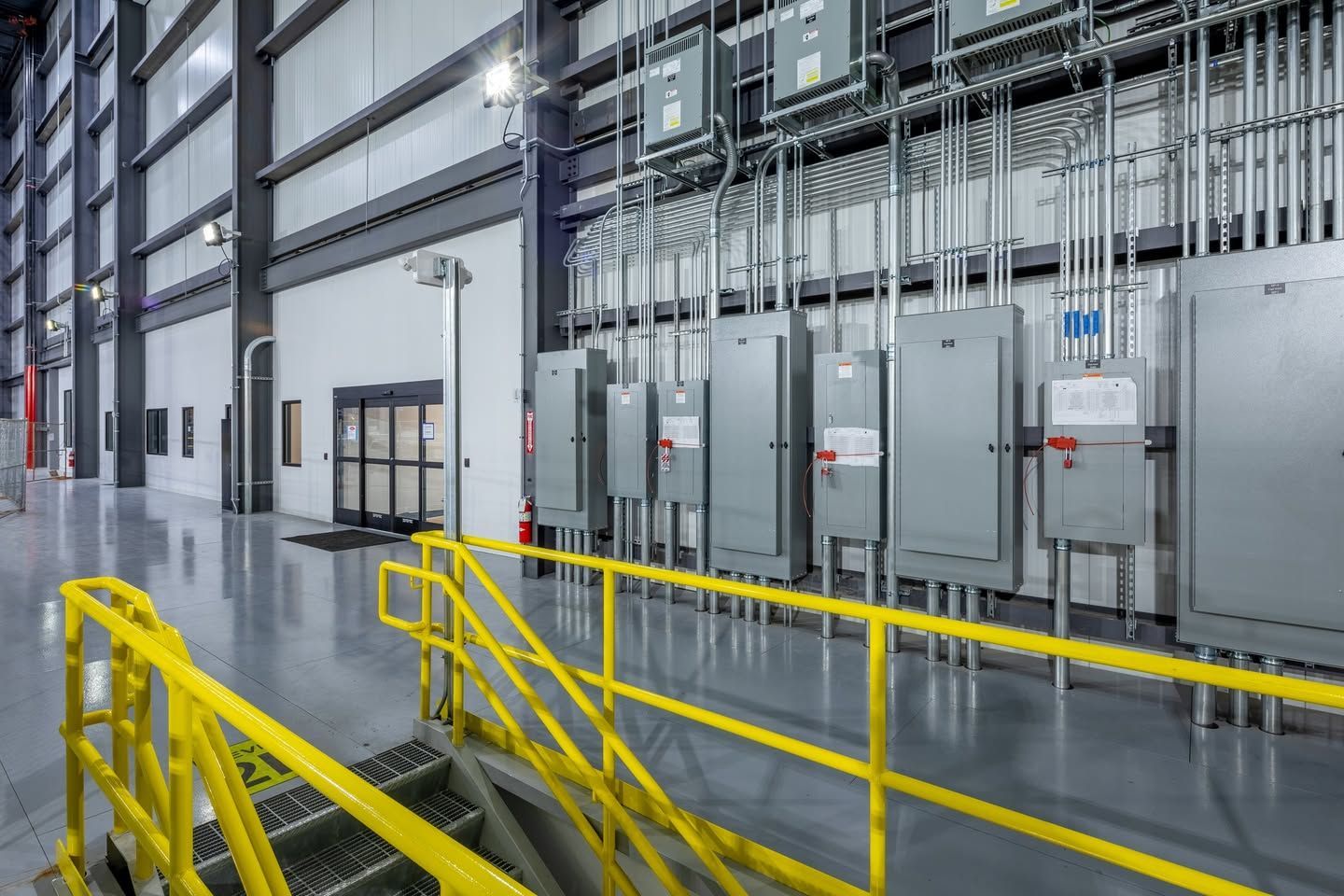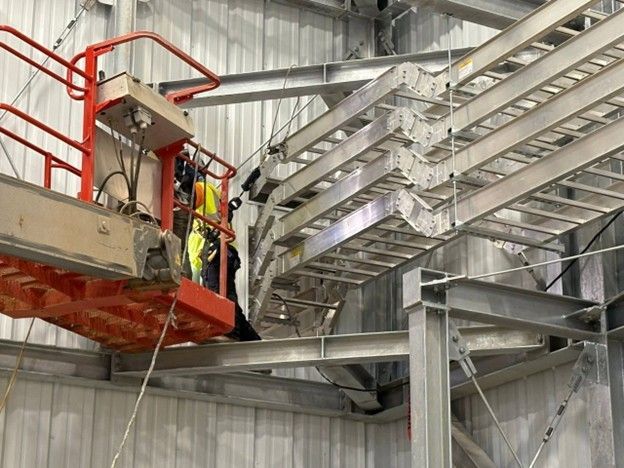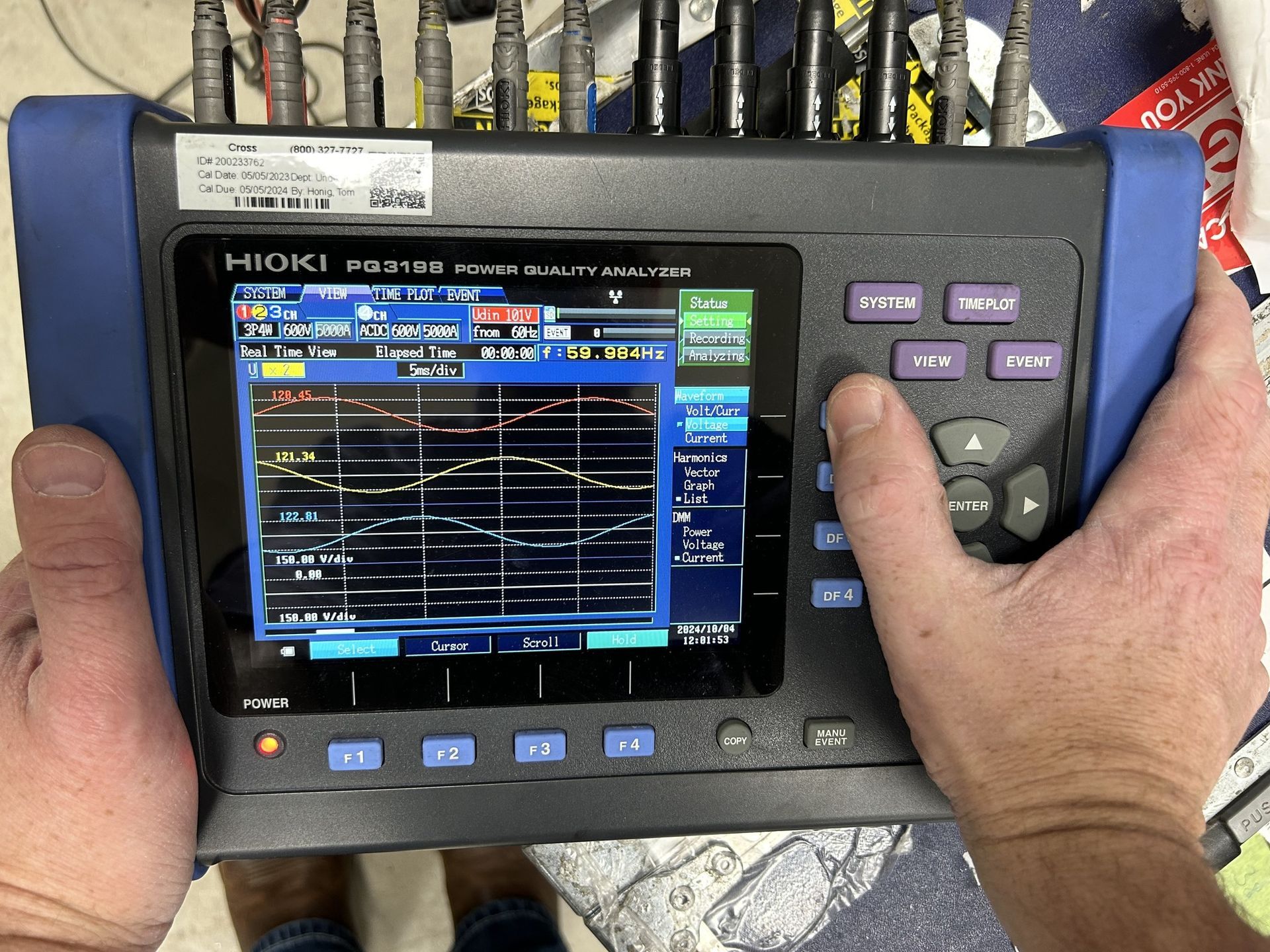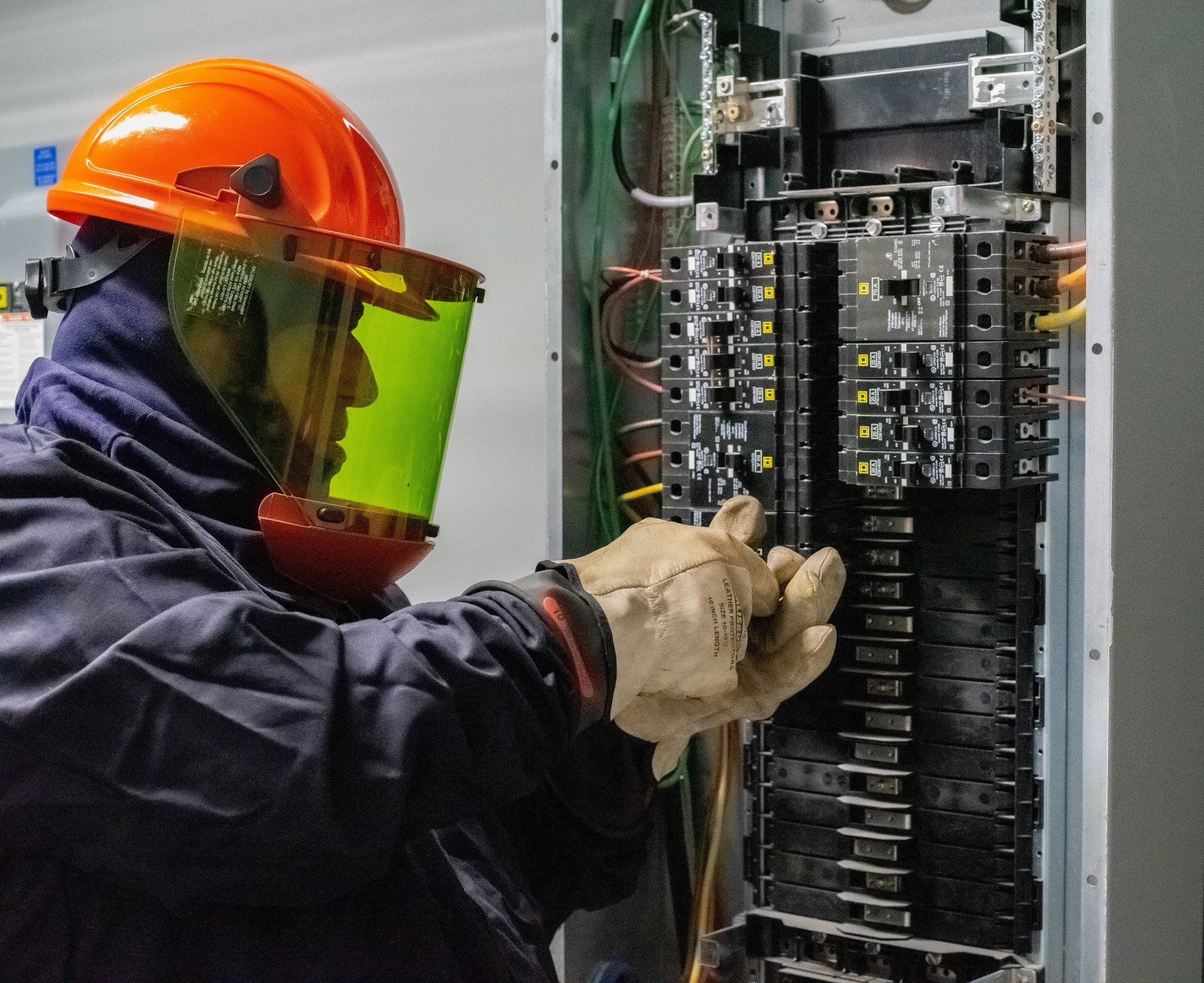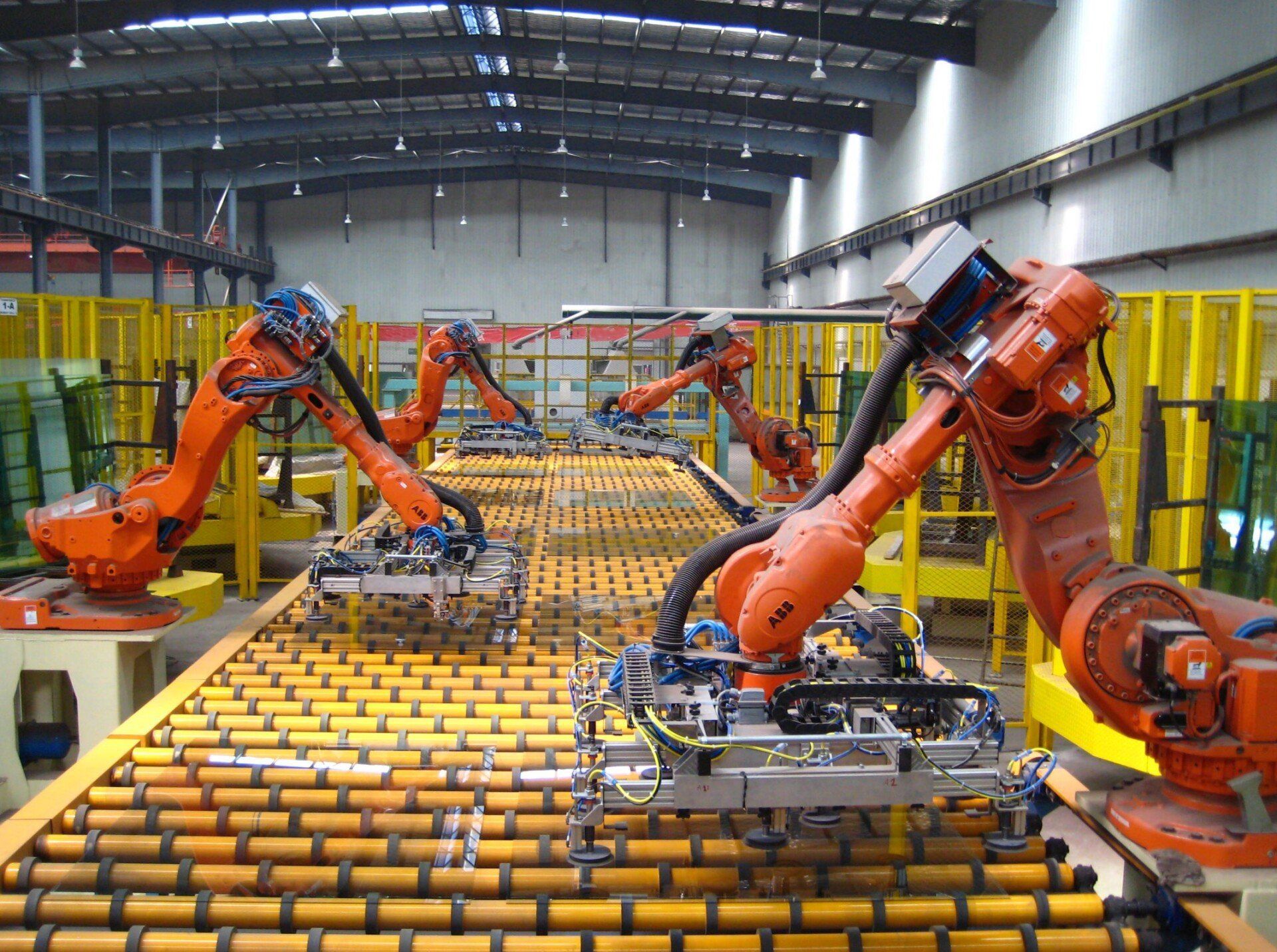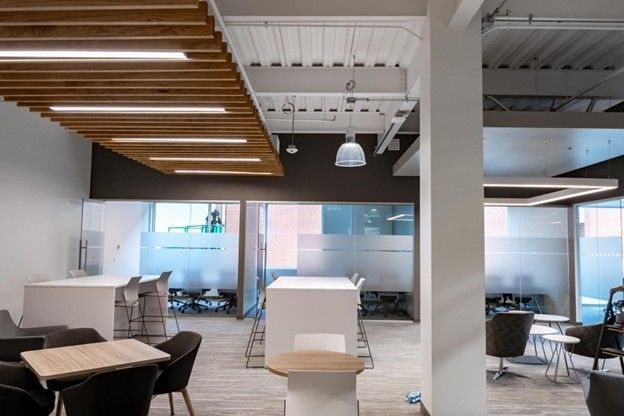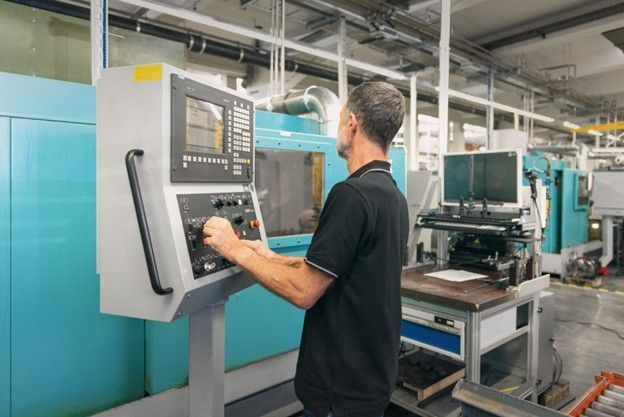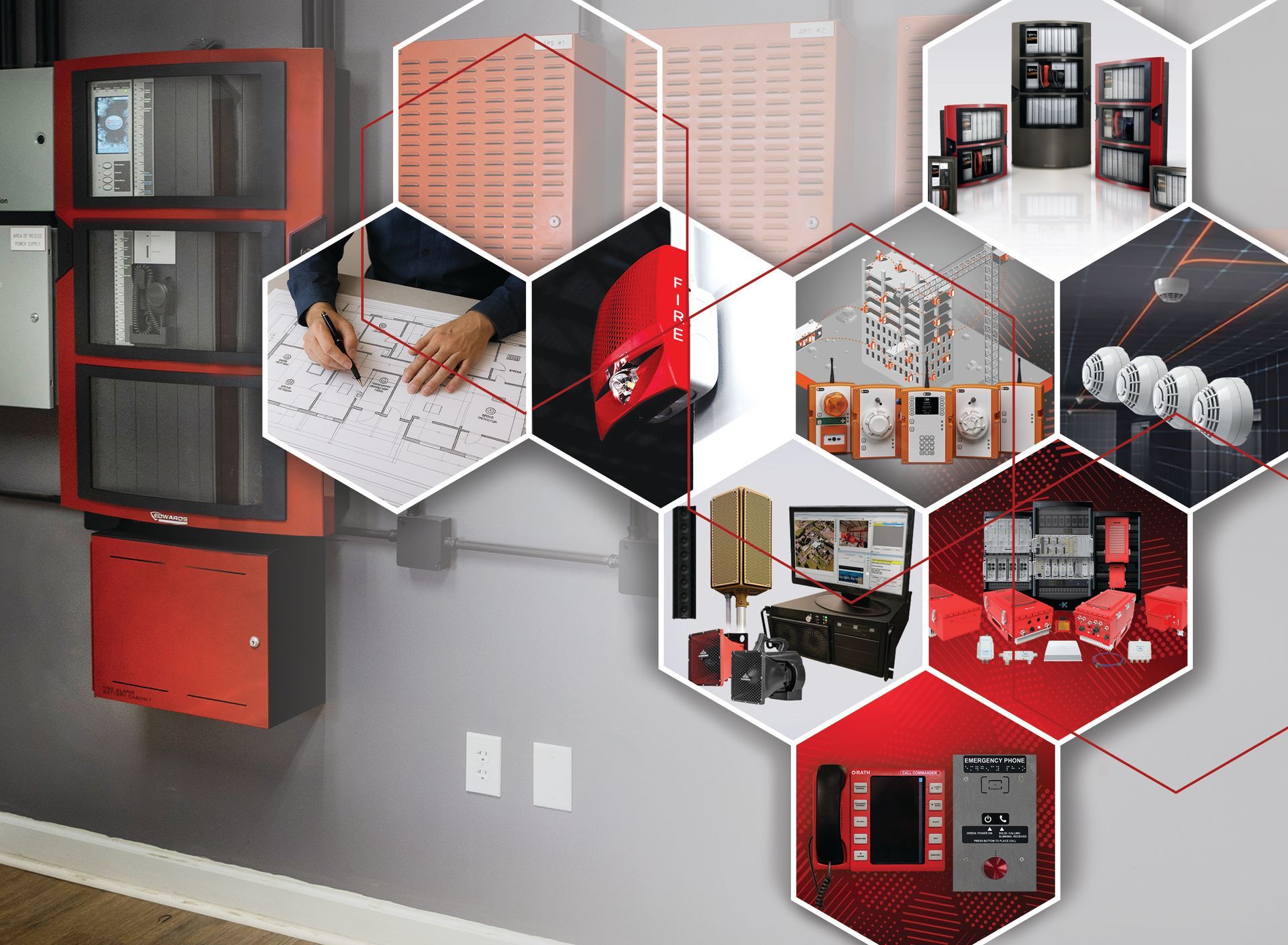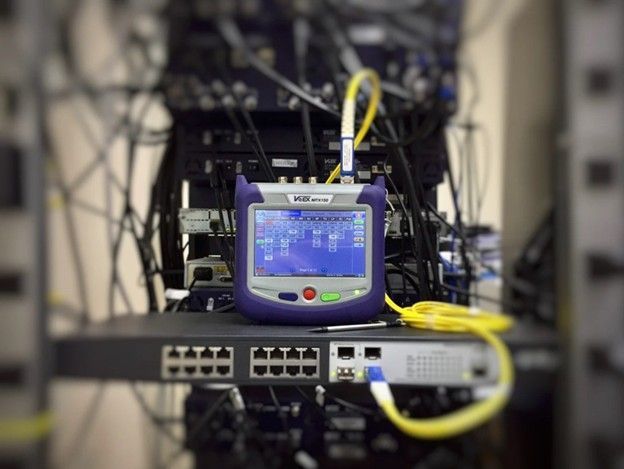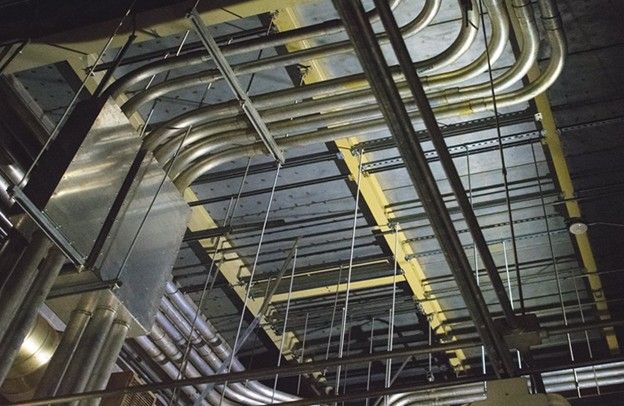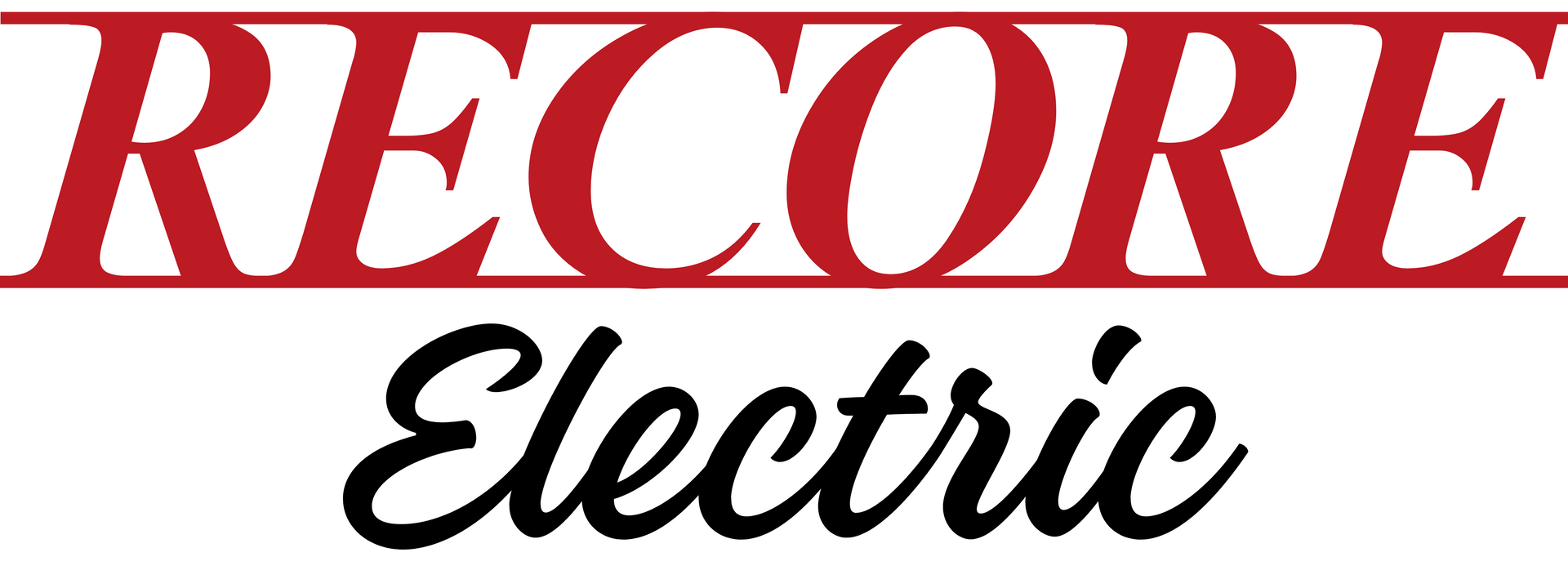Streamlining Efficiency: ASRS Integration in 200,000 Sq. Ft. Expansion by Recore Electric
An ASRS, or “automatic storage and retrieval system” is a technology-driven system used in warehouses and distribution centers to automate the storage, retrieval, and movement of goods with efficiency and accuracy. These systems are perfect for industries with fluctuating demands, allowing seasonal or peak periods to be handled effortlessly. What you see here is a small part of a 200,000 square foot, design/build expansion in a food distribution facility that Recore Electric played a major role in. This isn’t the only ASRS implementation that Recore Electric has been a part of, it is however, another clear example of the versatility and capability that we demonstrate to our customers every day.
Find out how Recore can help to increase your production facilities' efficiency, and maximize storage capability today by calling 704.867.1647.
